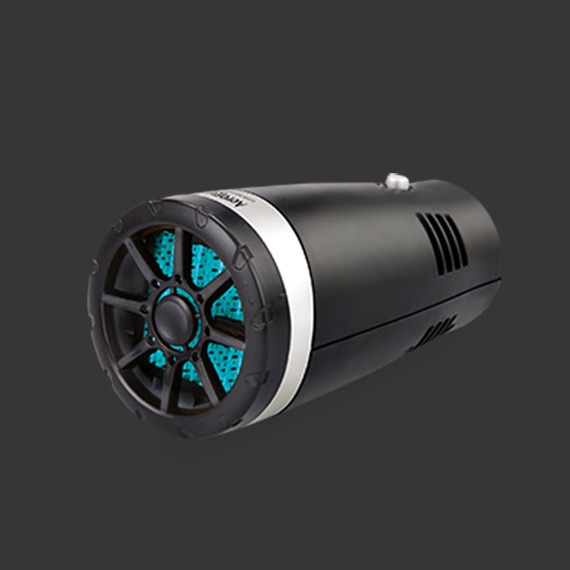Gear Linkage Cable - High-Quality Replacement & Custom Solutions
Understanding Gear Linkage Cables The Unsung Heroes of Vehicle Transmission
In the intricate world of automotive engineering, many components collaborate seamlessly to ensure a vehicle's smooth operation. Among these components, gear linkage cables play a crucial yet often overlooked role in a vehicle's transmission system. Understanding their function, construction, and maintenance can enhance our appreciation for the engineering marvels that propel our everyday lives.
What Are Gear Linkage Cables?
Gear linkage cables are critical components that connect the gear shift lever—located inside the cabin of a vehicle—to the transmission assembly situated under the vehicle. When a driver engages the gear shift, the movement is transmitted through these cables to the transmission, facilitating the selection of the appropriate gear. This mechanism allows for the smooth transition between gears, ultimately influencing the vehicle's performance, fuel efficiency, and drivability.
Construction of Gear Linkage Cables
Typically composed of durable materials such as steel or synthetic polymers, gear linkage cables are designed to withstand extreme conditions and stresses. A standard cable consists of an inner wire and an outer sheath, with the inner wire responsible for transmitting the force applied by the gear shifter. The outer sheath provides protection against environmental elements, wear, and tear while ensuring flexibility and smooth operation. Additionally, many cables are equipped with plastic or rubber bushings to minimize friction and noise, contributing to a quieter driving experience.
Functionality in Vehicle Operation
gear linkage cable

The operation of gear linkage cables requires precision and responsiveness. When the driver shifts the gear lever, the cable mechanism translates that torque into motion, engaging the selected gear in the transmission. This intricate dance is essential for the vehicle's acceleration, deceleration, and overall performance. A well-maintained gear linkage system ensures that shifts are smooth and without hesitation, enhancing the driving experience.
However, several factors can lead to issues within the gear linkage cables. Common problems include fraying, kinking, or misalignment, which often result in difficulty shifting gears or unresponsive gear changes. Routine inspections and timely maintenance are vital to prevent potential breakdowns. Drivers experiencing issues should consult a professional mechanic to assess the condition of their gear linkage cables and perform any necessary repairs or replacements.
Importance of Maintenance
Regular maintenance of gear linkage cables is essential for vehicle safety and functionality. Ignoring the signs of wear or malfunctioning cables can lead to significant issues, such as stuck gears or complete transmission failure. Drivers should periodically check for signs of wear, such as frayed ends or visible corrosion. Lubrication of the cable and associated components can also prolong their lifespan while ensuring smooth operation.
In addition, understanding the importance of proper installation is key. When replacing gear linkage cables, it is crucial to ensure that they are routed correctly to avoid binding and excessive wear. Following manufacturer guidelines for installation and maintenance will help maximize the performance and longevity of these essential components.
Conclusion
Gear linkage cables may not be the most glamorous aspect of a vehicle, but their pivotal role in ensuring smooth gear shifts cannot be overstated. As the unsung heroes of the transmission system, they bridge the gap between driver intention and mechanical response. Regular care and maintenance of these cables contribute to the overall efficiency and reliability of the vehicle, ensuring a smooth and enjoyable driving experience. By understanding the function, construction, and maintenance of gear linkage cables, automotive enthusiasts and everyday drivers alike can appreciate the intricacies of vehicle engineering that often go unnoticed.
-
Workings of Clutch Pipe and Hose SystemsNewsJun.04,2025
-
The Inner Workings of Hand Brake Cable SystemsNewsJun.04,2025
-
The Secrets of Throttle and Accelerator CablesNewsJun.04,2025
-
The Hidden Lifeline of Your Transmission Gear Shift CablesNewsJun.04,2025
-
Demystifying Gear Cables and Shift LinkagesNewsJun.04,2025
-
Decoding Clutch Line Systems A Comprehensive GuideNewsJun.04,2025
